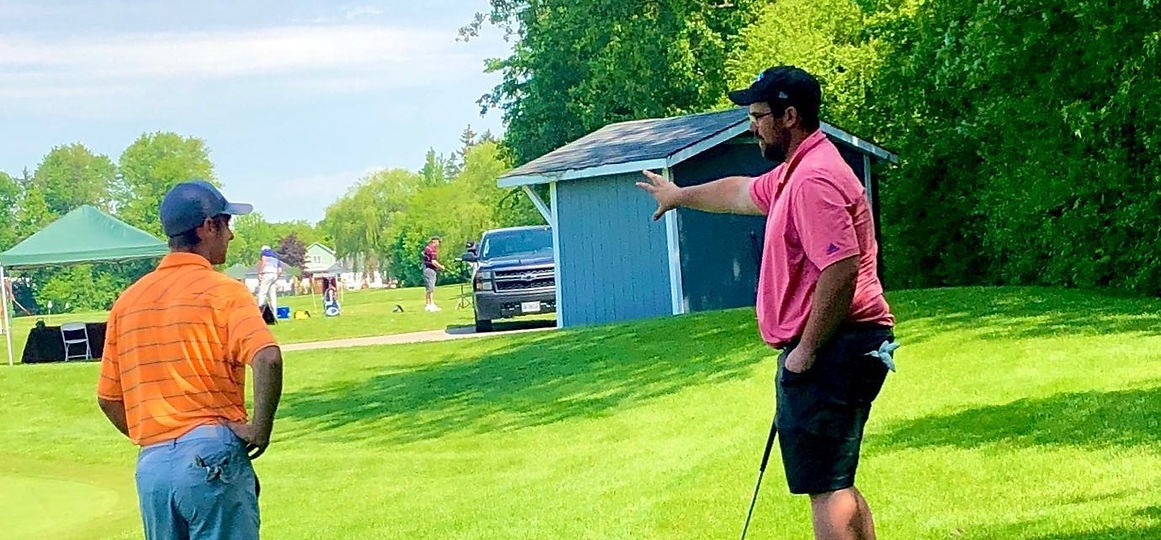Let’s examine two hypothetical students’ study habits.
The first student, Frank, goes through his notes from History class. His notes read as a perfect transcript of his teacher’s presentation. His study method is to re-read, and copy his notes over and over. Frank believes that the more repetitions of this process he goes through, the more he will learn the material. In the background, Frank is maintaining a lighthearted conversation with a friend from school, and he stops occasionally for a quick check of his social media feeds. First Instagram, then Snapchat, then TikTok, and then Twitter. Frank studies like this for 90 minutes.
The second student, Jimmy, goes through his notes from class. His notes are not a perfect transcript of the teacher‘s presentation. Instead, he has devised a system where he listens intently and then distills the presentation into a few big important questions, which he will reference later. When Jimmy gets home to study, he puts his phone away in the kitchen, closes his laptop, and opens his study materials. First he opens his notepad and finds the list of important questions. With that list, the first thing he does is to attempt to recall what the teacher said in the presentation. He forces himself to put at least something down as an answer for each of the big questions. When finished, he skims the textbook and fills in the gaps in his answers. Once he has found the gaps in his memory, he takes a five minute break to play with the dog or fix up his room. When the break is over, he repeats the same process on a fresh page. Jimmy Studies like this for 90 minutes. Both students studied for 90 minutes. Come exam time, who does better in the class? If both students maintain these study habits, who gets entry into the better schools? After that, better jobs?
Jimmy does. This example could easily be a description not of students in highschool, but students on my lesson schedule. Students study to encode information into their brains. There are effective and ineffective ways to do this, and there is a lot of quality scientific research that backs this up. Silly phrases like ‘muscle memory’ and ‘doing the reps’ distort the fact that in sport we are also trying to encode information into your brain. The information this time is a motor program, rather than a set of facts.
If golfers spent more energy creating practices that looked more like Jimmy’s and less like Franks, they would be able to improve much faster. When I look at the range and see juniors checking their phones every 5 minutes and the adults chatting with the person next to them on the range I cringe. I cringe harder if they are my students. I really hate when I catch myself doing this, as I don’t have unlimited time to work on my game anymore. I know better. When I was 13 Malcolm Gladwell‘s book Outliers stoked my curiosity about how people become experts. I started to read more and more books about learning. They was fascinating and intensely relevant to me. I had recently started playing golf and I was determined to get as good as possible. I also started playing relatively late (13 years old). I had to figure out how to get good fast, and becoming an effective learner seemed like the smart way to do that. I committed to creating golf practice that fit with all I was learning about learning. By the time I was 18 I was one of the Top junior golfers in Canada and had won the Ontario Junior Boys Championship.
I got good fast by practicing like Jimmy, and not Frank.
In next week’s blog post, I will examine the core differences between Jimmy and Frank’s study routines, and then make some suggestions on how you can be a better golf learner.

